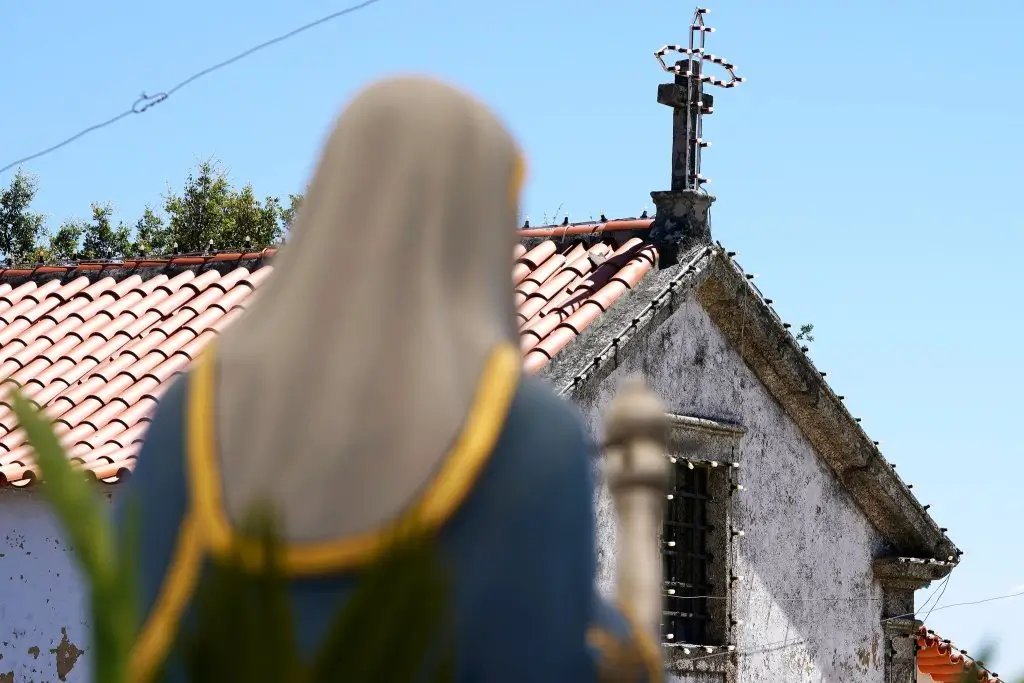
The Chapel of Santa Marta das Cortiças, located at the top of the hill of the same name, existed before the Muslim invasion and was rebuilt in 1520.
See more +The small chapel of Montélios owes its existence to São Frutuoso, bishop of Dume and Braga during the Visigothic era, who chose to be buried here in the 60s of the 7th century. Around it there was a much larger monastic complex, the religious center of the region during this period, which probably disappeared at the beginning of the 16th century when the Franciscans rebuilt the monastery.
The centrally-planned chapel, with four equal apses articulated around a quadrangular cross, is the only element of the entire monastic complex, dating from the High Middle Ages, that has survived to the present day.
In the 10th century, when the region was reconquered and repopulation began, the chapel was rebuilt to give it the interior appearance it has today. The apses, which had a quadrangular internal plan, became semicircular in shape and a triple horseshoe arch arcade was built at the entrance to each one.
This could be a reading of the remaining ensemble, but the truth is that there is no certainty as to its constituent parts, especially the ascendancy of such small apses with false walkways (as there are still marks of column bases on the ground). The quality of its architectural program points to a single construction project, conceived and carried out in a single moment.
In the first phase, and under the command of João de Moura Coutinho, the monument was restored using the late antique buildings of Ravenna as a model. Despite subsequent attempts, the restoration was never completed and the work remained unfinished in terms of the roofs and some of the wall fillings, a fact that is still clearly visible today to anyone who visits the chapel.
To visit, you need to make an appointment (preferably 24 hours in advance) by phone: 919 931 181 (Manuel Ferreira).
More information:
253 622 576
paroquia.real@gmail.com